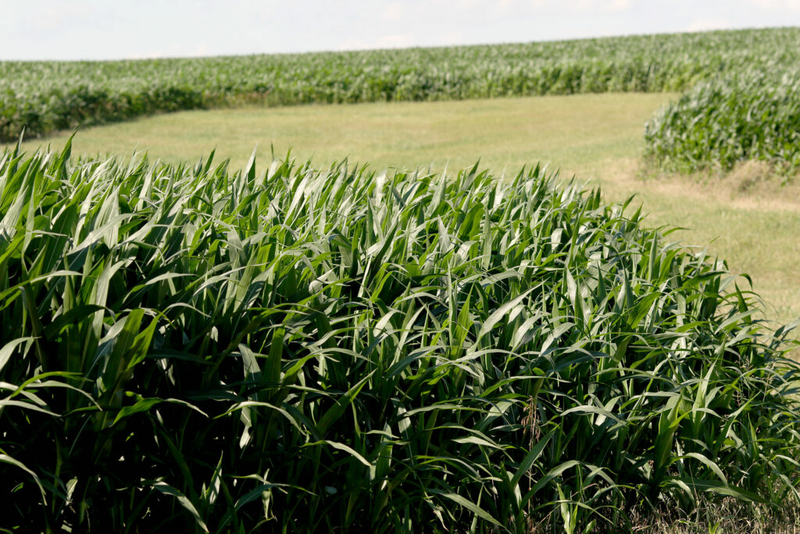558 people and groups now have legal standing in two carbon pipeline applications

More than 500 people and organizations now have standing to participate in the regulatory review of two proposed carbon-capture pipelines that would go through South Dakota.
The latest is Lesley Pedde of Texas, who received late notice of the application process. The Public Utilities Commission granted him “party status” Friday in the review of the Navigator pipeline application.
Pedde, along with two siblings, owns a farm in rural Hudson, according to documents filed with the PUC. That land is within half a mile of the proposed pipeline route.
Pedde is one of 140 people and organizations granted official status in the Navigator matter, allowing them – and their lawyers if they have one – to participate in the proceedings, ask questions, and present evidence and testimony.
Another 418 people and organizations have official status in Summit Carbon Solutions’ PUC pipeline case.
Many of the people granted party status in both cases appear to be landowners potentially impacted by the projects.
PUC staff spokesperson Leah Mohr said in an emailed statement “that is a very large number of formal parties participating in these two dockets.”
The number of people participating in the cases has not yet been a problem, Mohr said. “However, that issue is expected to be delved into more thoroughly at the Feb. 9 commission meeting.”
For the Navigator Heartland Greenway docket, the proposed project consists of 111.9 miles of carbon dioxide pipeline through South Dakota that would cross the counties of Brookings, Moody, Minnehaha, Lincoln and Turner.
For the Summit docket, the proposed length of the pipeline through South Dakota would be 477 miles and would cross the counties of Beadle, Brown, Clark, Codington, Edmunds, Hamlin, Hand, Hyde, Kingsbury, Lake, Lincoln, McCook, McPherson, Minnehaha, Miner, Spink, Sully and Turner.
“Given the length and span as well as the type of the proposed projects, there are a number of affected landowners and other interested parties who have come forward to identify their desire to participate as formal parties to these dockets,” Mohr said in a statement.
The CO2 pipeline projects
The two projects are the first-ever carbon dioxide pipeline projects proposed in South Dakota.
The project proposals arose from ethanol producers’ opportunity to get more money for their products in states with stricter emission standards by shrinking their carbon footprint.
One way to offset carbon dioxide emitted during ethanol production is to capture it and bury it underground. That’s a process known as sequestration. Sequestering carbon keeps it out of the atmosphere, where it traps heat.
To sequester carbon, ethanol companies need pipelines to carry liquified carbon dioxide to a sequestration site.
Heartland Greenway would transport carbon dioxide to Illinois, and the Summit pipeline would transport it to North Dakota. Those states have areas with the geological conditions needed for underground sequestration.
Ethanol producers would also benefit from a federal tax credit awarding $50 per ton of sequestered carbon dioxide. The Heartland Greenway would transport 15 million metric tons annually, and the Summit pipeline could transport 12 to 20 million metric tons.
Proponents say carbon pipelines are necessary to control the greenhouse gases driving climate change, but some environmental groups are skeptical of carbon capture, arguing it does nothing to address the root causes of pollution. Opponents worry that spills from the pipeline could damage soil and water sources, and endanger human health.








